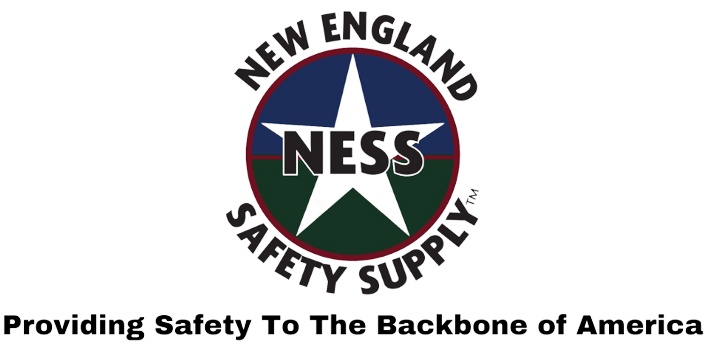In manufacturing facilities, the well-being and safety of workers should always be a top priority. With the inherent risks involved in operating heavy machinery, handling hazardous materials, and working in potentially hazardous environments, it's crucial to implement effective safety solutions. By doing so, manufacturers can protect their employees, prevent accidents, and promote a culture of safety within the organization. Here are some essential safety solutions for manufacturing facilities to ensure worker well-being:
-
Comprehensive Safety Training: Providing thorough safety training to all employees is the foundation of a safe working environment. Train workers on proper equipment operation, handling hazardous materials, emergency procedures, and other relevant safety protocols. Regularly reinforce training through refresher courses and toolbox talks to keep safety practices at the forefront of employees' minds.
-
Personal Protective Equipment (PPE): Ensure that all workers have access to and properly use appropriate PPE. This includes safety glasses, helmets, gloves, protective clothing, hearing protection, and respiratory equipment. Regularly inspect and maintain PPE to ensure its effectiveness.
-
Machine Guarding: Implement proper machine guarding measures to prevent workers from coming into contact with moving parts, potential pinch points, or other hazardous areas of machinery. Enclose dangerous equipment, install safety interlocks, and provide clear warning signs and labels.
-
Hazardous Material Handling: Establish strict protocols for handling hazardous materials, including proper storage, labeling, and disposal procedures. Provide employees with appropriate training, spill kits, and protective equipment specific to the materials they handle.
-
Ergonomics and Injury Prevention: Evaluate workstations and equipment to ensure they are ergonomically designed to minimize repetitive motion injuries, strains, and other musculoskeletal disorders. Provide ergonomic tools, adjustable workstations, and training on proper lifting techniques.
-
Fire Prevention and Emergency Response: Conduct regular fire safety drills, ensure the availability and functionality of fire suppression systems, and clearly mark escape routes and emergency exits. Train employees on evacuation procedures and first aid/CPR techniques.
-
Regular Inspections and Maintenance: Schedule regular inspections and maintenance of equipment, machinery, and safety systems. Identify and address potential hazards promptly to prevent accidents and equipment failures.
-
Safety Committees and Reporting Systems: Establish safety committees comprising workers from various departments. Encourage open communication and reporting of safety concerns, near misses, and incidents. Implement a system to track and analyze safety data to identify trends and implement preventive measures.
-
Safety Signage and Communication: Clearly display safety signs, labels, and instructions throughout the facility to remind employees of potential hazards and safe practices. Utilize visual communication tools like posters, banners, and digital displays to reinforce safety messages.
-
Continuous Improvement and Training: Regularly review and update safety protocols, taking into account changes in regulations, industry best practices, and technological advancements. Invest in ongoing training to keep employees up to date on safety practices and encourage their active participation in maintaining a safe work environment.
Remember, safety is an ongoing process that requires commitment, collaboration, and continuous improvement. By implementing these safety solutions in manufacturing facilities, employers can prioritize worker well-being, reduce accidents, and create a culture of safety that benefits everyone involved. Ultimately, a safe workplace not only protects employees but also contributes to increased productivity, employee satisfaction, and business success.
 (508) 492-8975
(508) 492-8975


